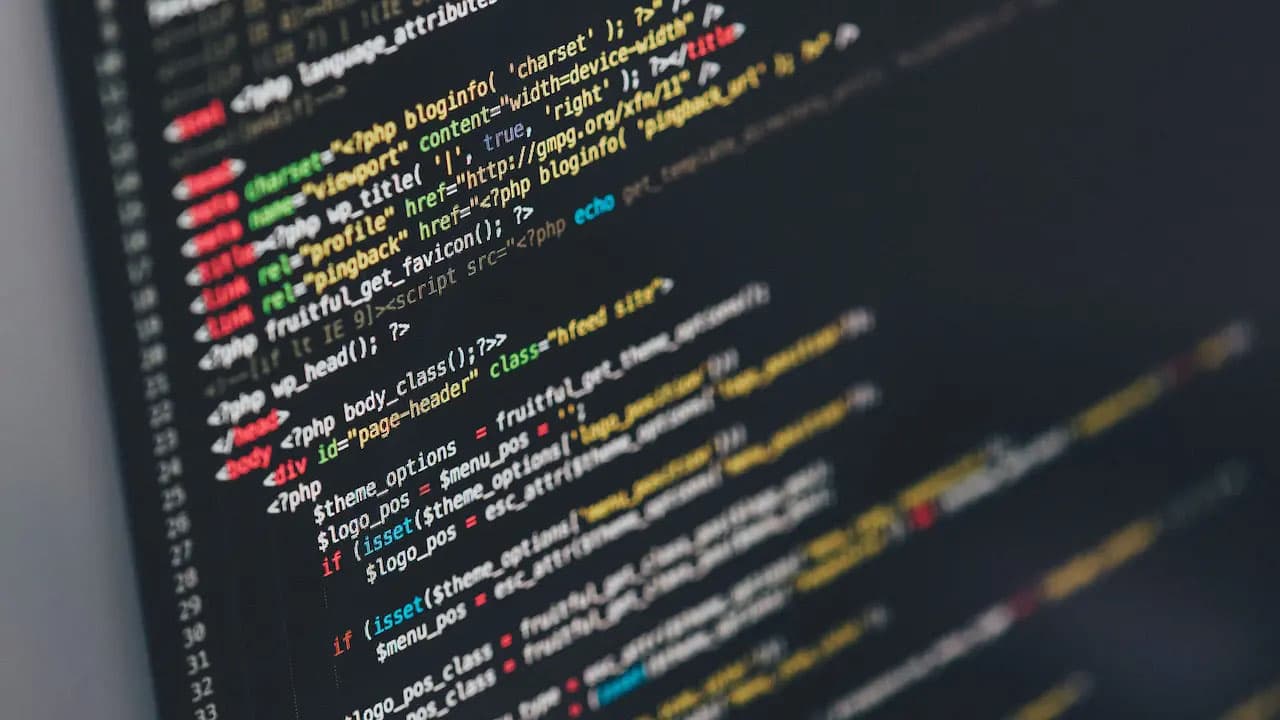How JavaScript Scope Works: A Comprehensive Guide
JavaScript scope is crucial for developers. It influences how variables and functions are accessed in a program. A common question among developers is: how does JavaScript scope work?
Understanding Scope in JavaScript
Scope in JavaScript defines the accessibility of variables and functions. When a variable or function is declared in a scope, it is available within that scope and any nested scopes. Understanding scope helps developers manage their code better.
There are two main types of scope in JavaScript:
Global Scope
Global scope includes variables and functions that are accessible throughout the entire program. Variables and functions declared outside of any function belong to the global scope. These can be accessed and modified from any part of the program.
Javascript
Be cautious with global variables to avoid naming conflicts and make debugging easier.
Local Scope
Local scope, or function scope, includes variables and functions that are accessible only within the function where they are defined. Variables declared inside a function remain local to that function and cannot be accessed outside it.
Javascript
Nested functions can access variables from outer functions, creating nested scopes.
Lexical Scope in JavaScript
JavaScript uses lexical scoping to determine the scope of variables and functions. This means that the scope of a variable is determined by its position in the code when defined. Developers can predict the scope based on where a variable is declared.
Javascript
In this example, innerFunction can access both outerVariable and innerVariable, showing how lexical scoping works in JavaScript.
Block Scope with let and const
Before ES6, JavaScript had only function scope, meaning that variables declared with var were function-scoped. With ES6, developers can use let and const to declare block-scoped variables.
Block scope allows variables to be limited to the nearest pair of curly braces {}. This helps control variable visibility and prevent unintentional variable hoisting.
Javascript
Using let and const improves code readability and maintainability by confining variables to specific blocks.
Closures and Scope Chain
Closures are an important aspect of JavaScript that depend on scope. A closure occurs when an inner function retains access to outer function variables, even after the outer function has completed execution. The scope chain allows inner functions to remember their lexical environment.
Javascript
In this example, innerFunction forms a closure over outerVariable, allowing continued access even after outerFunction has finished executing. This feature helps maintain state and data privacy in code.
Understanding JavaScript scope is necessary for writing clean and predictable code. By grasping global scope, local scope, lexical scoping, block scope, closures, and the scope chain, developers can effectively manage their programs.
Scope significantly impacts how JavaScript code runs and how variables are accessed. Mastering scope leads to more efficient coding practices and better organization, making code easier to maintain and debug.












